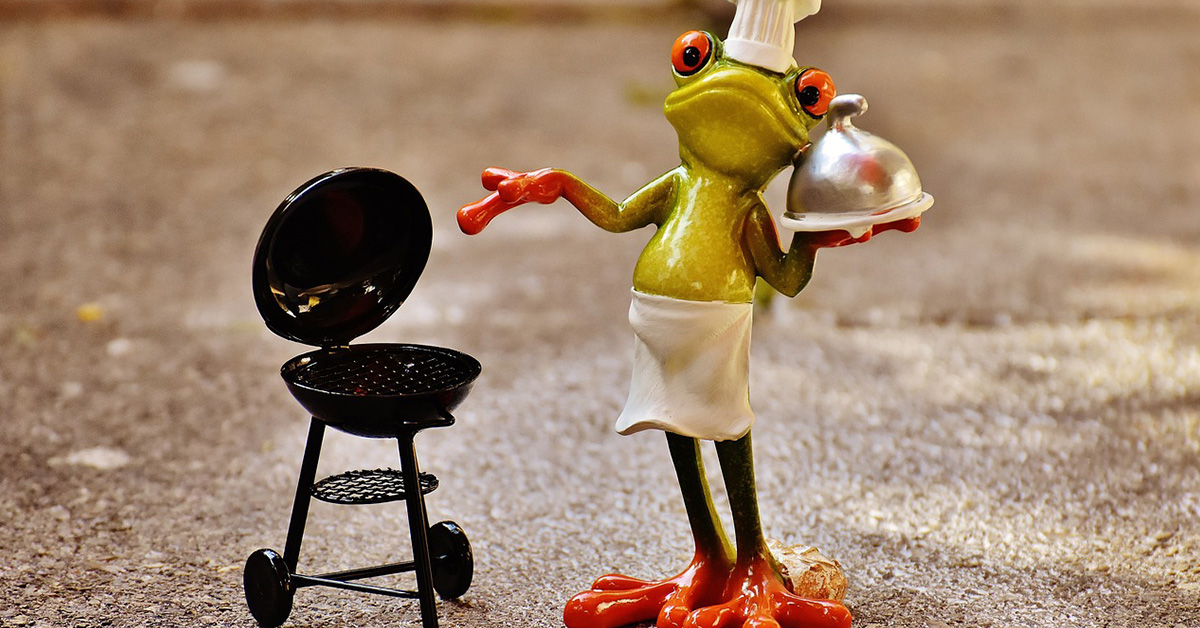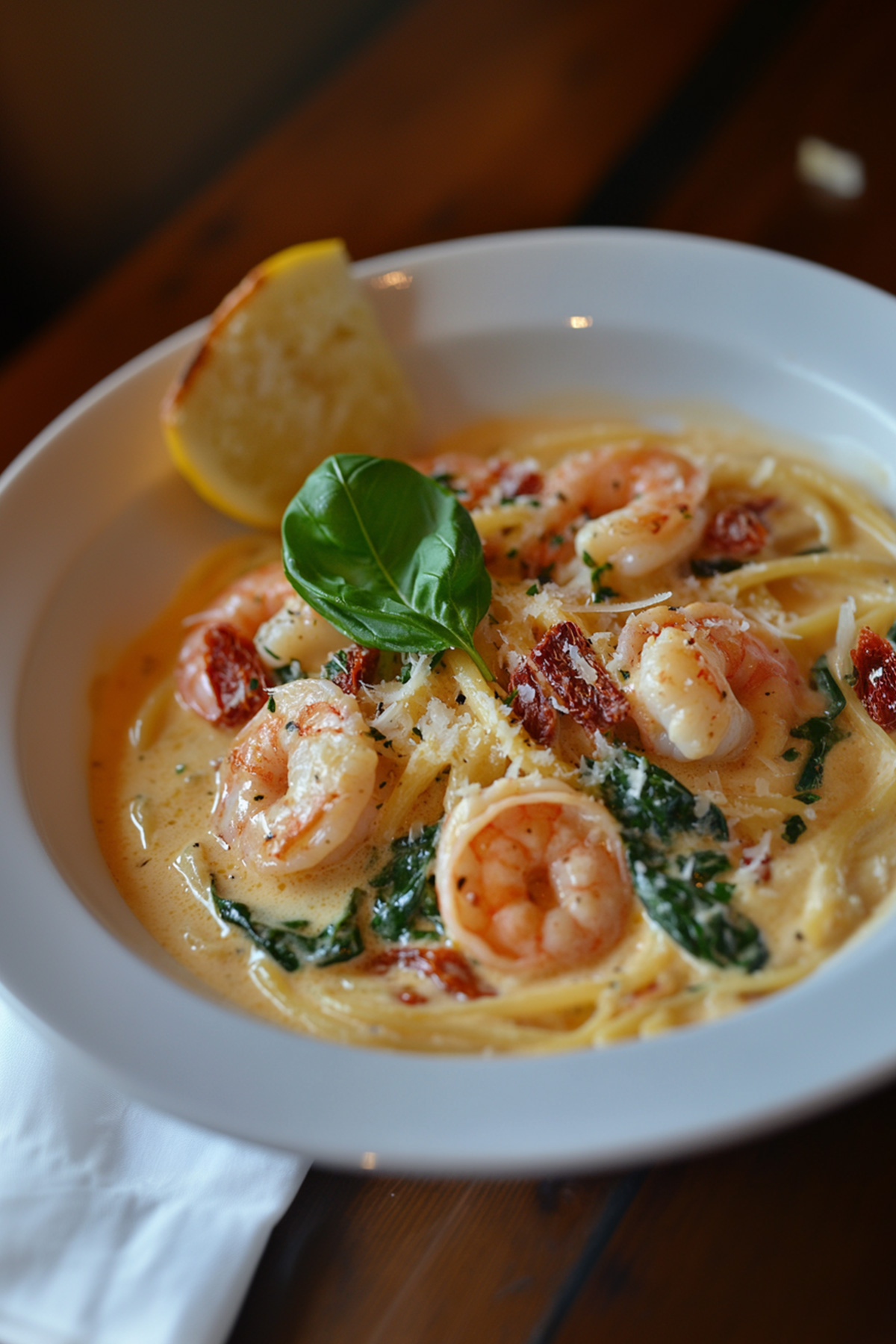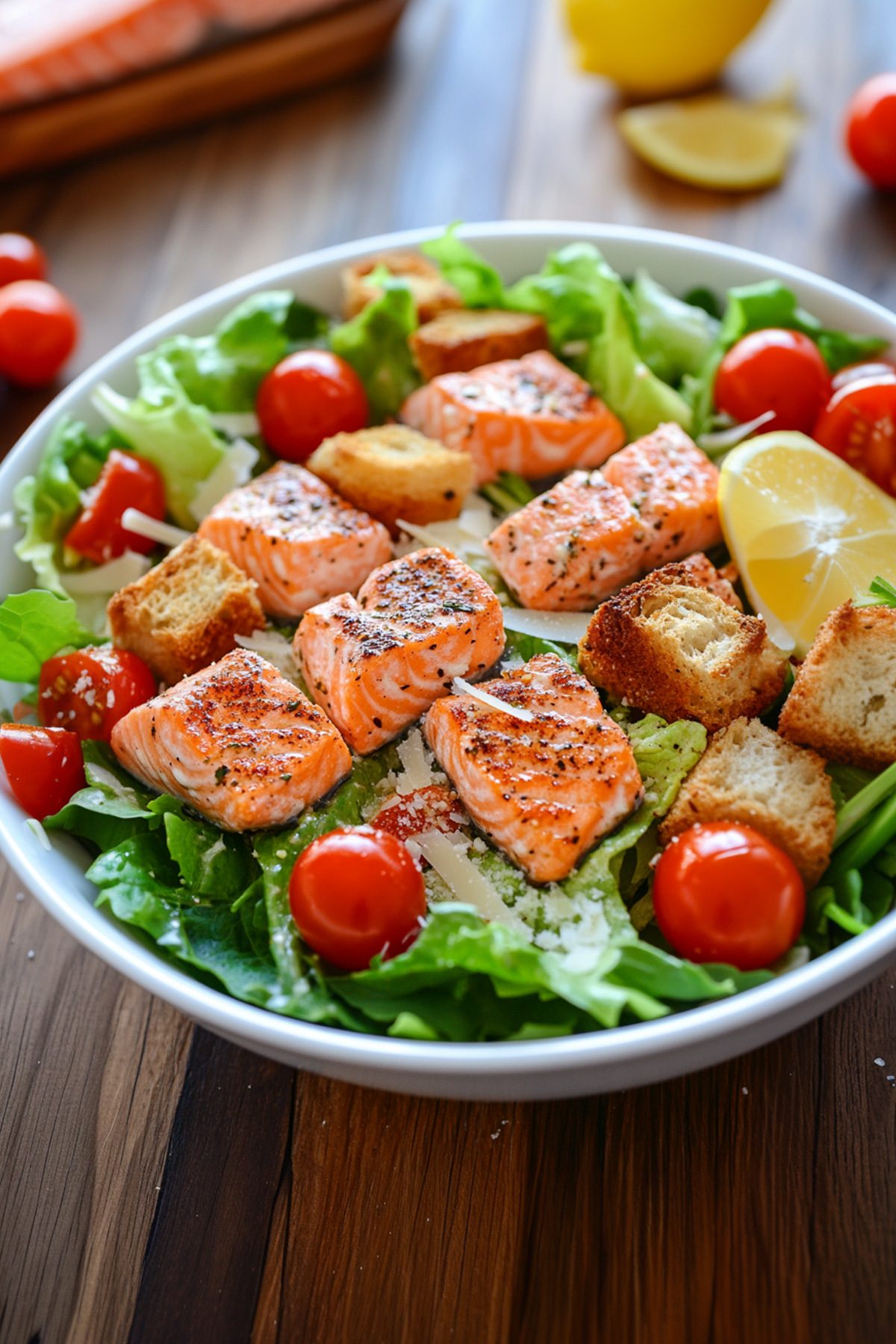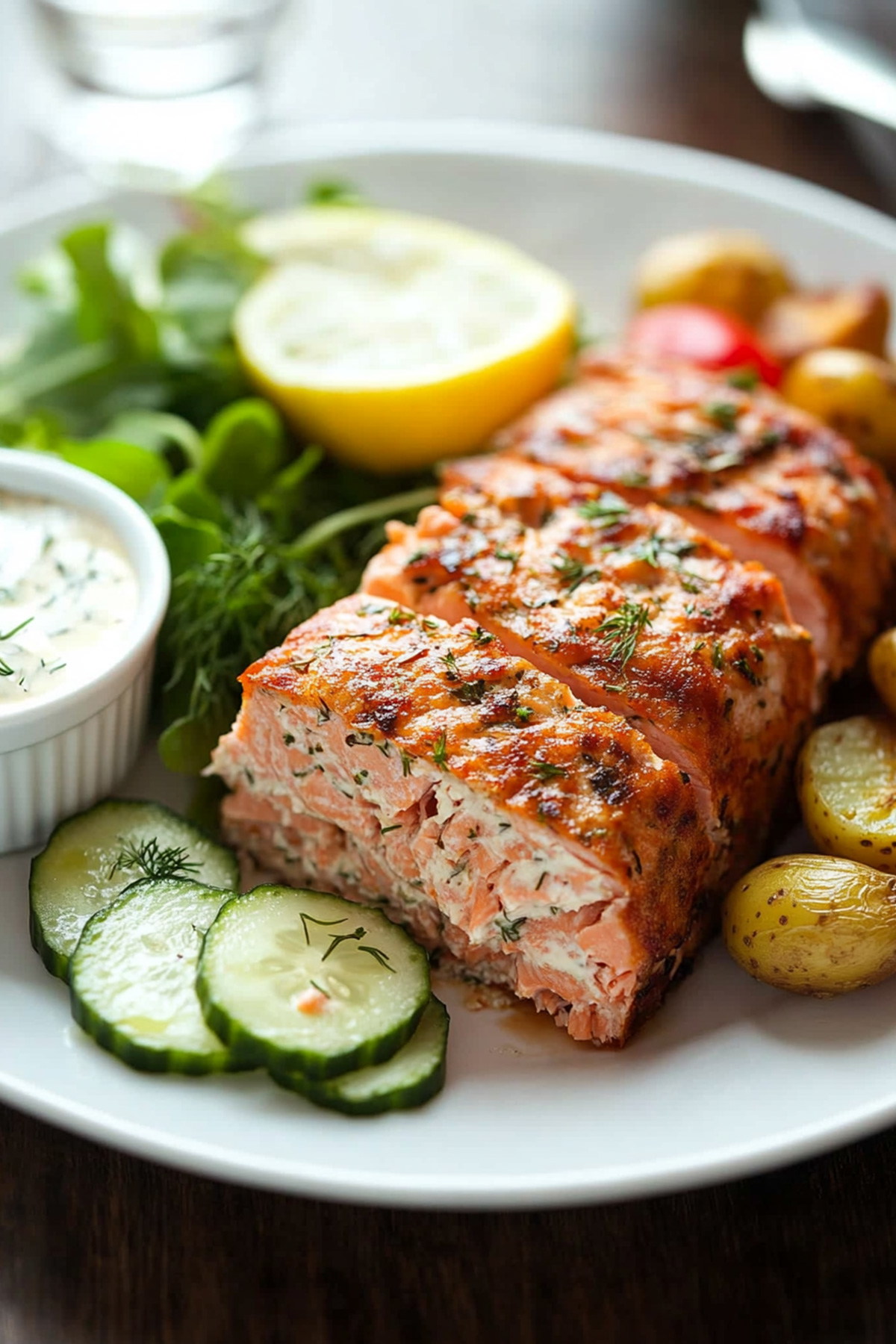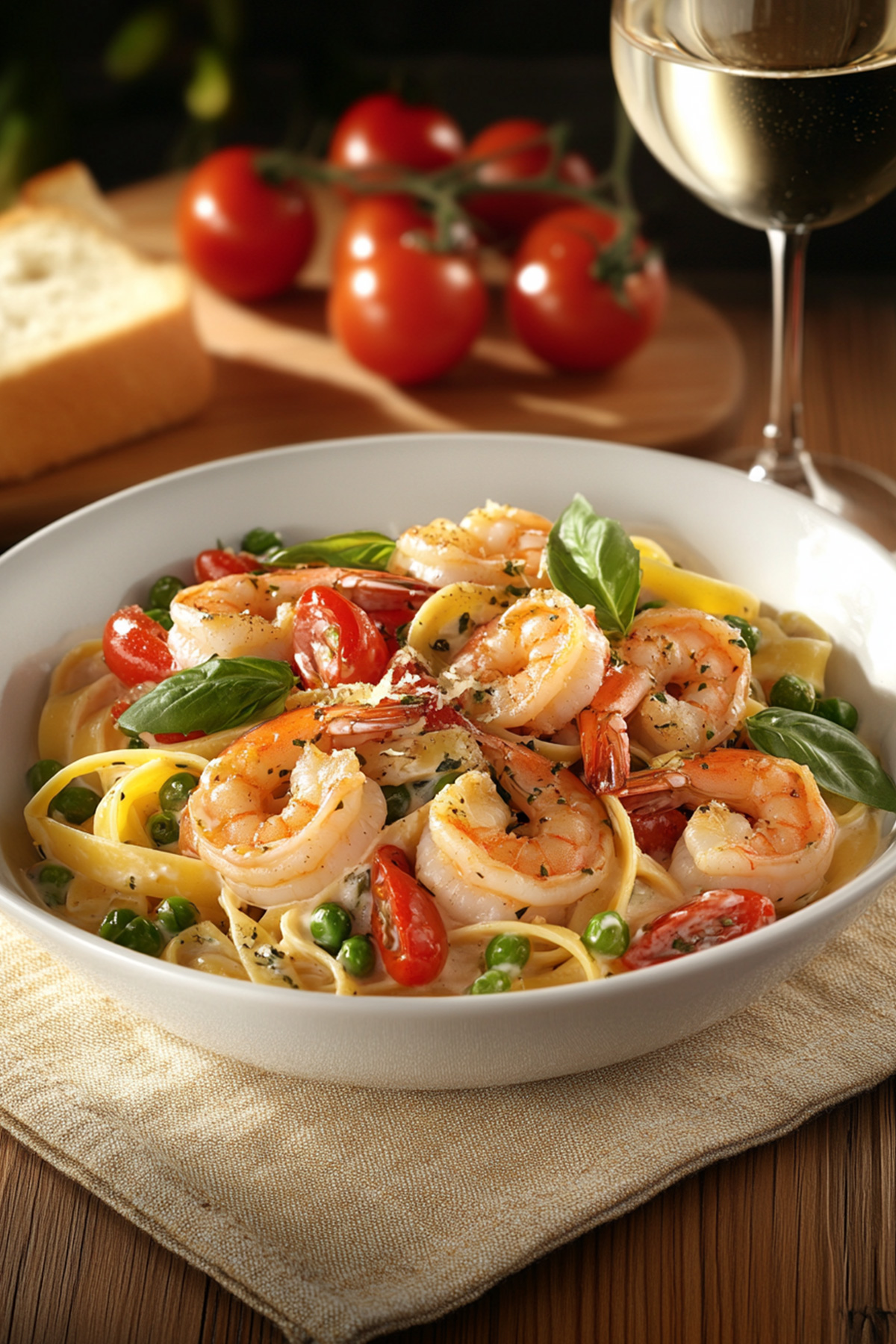Grilling is not just a cooking method; it’s a ritual that brings out the best flavors in food, from the juicy tenderness of meat to the smoky char on vegetables. In this Grilling Tips article, you will be able to learn the art of grilling whether you’re a seasoned pro or a grilling newbie, mastering the right tips and techniques can transform your grilling game. In this article, we’ll cover everything from choosing the right grill to achieving the perfect sear. Let’s dive into some essential grilling tips and techniques that will help you become a grill master!
Table of Contents
1. Choosing the Right Grill
Before you even light the fire, you need to choose the right type of grill. There are three main types to consider:
- Gas Grills: Easy to control and convenient, gas grills allow you to adjust the heat with the turn of a knob, making them perfect for quick grilling sessions.
- Charcoal Grills: If you love the smoky flavor, charcoal is the way to go. It takes longer to heat up but imparts a rich flavor that gas grills can’t replicate.
- Electric Grills: Great for small spaces or indoor cooking, electric grills are simple to use and require no fuel, but they might lack that classic smoky flavor.
2. Preheating the Grill
One of the most crucial grilling tips is to always preheat your grill. Preheating ensures even cooking and prevents food from sticking to the grates. Aim to preheat your grill for at least 10–15 minutes before you start cooking. For gas grills, set it to high, and for charcoal, wait until the coals turn gray with ash before placing your food on the grill.
3. Use Proper Oil to Prevent Sticking
Nothing ruins a grilling session faster than food sticking to the grates. To avoid this, lightly oil your grill grates with a high smoke point oil like vegetable or canola oil. Use a paper towel or grill brush to apply the oil just before placing your food on the grill.
4. Mastering Direct vs. Indirect Heat
Understanding the difference between direct and indirect heat is key to grilling success.
- Direct Heat: This method involves cooking food directly over the heat source. It’s perfect for foods that cook quickly, like burgers, steaks, or vegetables. Direct heat creates the beautiful sear marks everyone loves.
- Indirect Heat: For larger cuts of meat or foods that require longer cooking times, like whole chickens or roasts, use indirect heat. This means placing the food away from the heat source, allowing it to cook slowly and evenly without burning.
5. The Two-Zone Fire Method
If you’re using a charcoal grill, mastering the two-zone fire method will elevate your grilling. Pile your coals on one side of the grill to create a hot zone for direct grilling. The other side remains a cooler zone for indirect grilling. This setup allows you to sear food on the hot side and then move it to the cooler side to finish cooking, ensuring perfectly cooked meats.
6. Don’t Press Down on Meats
It’s tempting to press down on burgers or steaks with a spatula, but doing so squeezes out the juices, making the meat dry. Resist the urge and let the heat do its job! Flip only once to keep your meats tender and juicy.
7. Use a Meat Thermometer
For perfectly cooked meat, invest in a good meat thermometer. It takes the guesswork out of grilling and ensures your meat is cooked to the right temperature. Here are some general temperature guidelines:
- Steak: 130°F for medium-rare, 140°F for medium.
- Chicken: 165°F for safe consumption.
- Fish: 145°F for tender and flaky results.
8. Let the Meat Rest
One of the most overlooked grilling techniques is allowing your meat to rest after cooking. Once removed from the grill, let it sit for about 5 minutes before slicing. This lets the juices redistribute throughout the meat, keeping it moist and flavorful.
9. Keep the Grill Lid Closed
When using indirect heat, it’s essential to keep the grill lid closed as much as possible. Every time you open the lid, you let out heat and smoke, which can affect the cooking time and flavor. Keeping the lid closed ensures your food cooks evenly and captures that delicious smoky taste.
10. Clean the Grill Grates After Each Use
Cleaning your grill after each use keeps it in top shape and ensures better-tasting food. While the grill is still warm, use a wire brush to scrape off any leftover food particles. For stubborn residue, a mixture of water and vinegar can help loosen it up. Keeping your grill clean prevents old food and char from sticking to your next meal.
11. Add Wood Chips for Extra Flavor
For a boost of flavor, consider adding wood chips to your grill. Different types of wood impart unique flavors:
- Hickory: Strong and smoky, great for red meats.
- Applewood: Mild and sweet, perfect for chicken and pork.
- Mesquite: Bold and earthy, ideal for grilling steaks.
Soak the wood chips in water for about 30 minutes before placing them on the coals or in a smoker box for a gas grill. The result is a rich, smoky flavor that enhances your grilled food.
12. Grill Vegetables and Fruits
Grilling isn’t just for meat! Vegetables and fruits take on a whole new flavor profile when grilled. Some great choices include:
- Vegetables: Bell peppers, zucchini, asparagus, and corn.
- Fruits: Pineapple, peaches, and watermelon.
Just brush them with olive oil, season with salt and pepper, and grill over medium heat until they develop nice grill marks and become tender.
Some Facts about Grilling
Fact 1: Grilling Can Help Reduce Fat Content
Acording to American Heart Association Grilling allows excess fat to drip off meat, which can result in lower fat content compared to other cooking methods like frying or sautéing. This makes grilling a healthier option, especially for meats high in fat.
Fact 2: Fish Can Help Lower Cholesterol and Improve Heart Health
Another fact says that people aiming to manage their cholesterol or who have been diagnosed with high cholesterol, incorporating fish into their diet is a heart-healthy choice. Fish contain minimal saturated fats, and nutrition experts suggest regular consumption to promote cardiovascular wellness.
See also: Amberjack Fish Grilled Recipe
According to MedicalNewsToday The omega-3 fatty acids present in oily fish are particularly beneficial in reducing the risk of heart disease. Along with eating fish, maintaining cholesterol levels and heart health also requires a balanced diet and consistent physical activity.
Final Thoughts
Grilling is all about finding the perfect balance of heat, timing, and flavor. By following these grilling tips and techniques, you’ll be able to impress your guests with perfectly cooked meals every time. Whether you’re grilling up a juicy steak or a batch of veggies, these tips will help you make the most out of your grilling sessions.
So, fire up that grill, experiment with different methods, and enjoy the delicious results!

